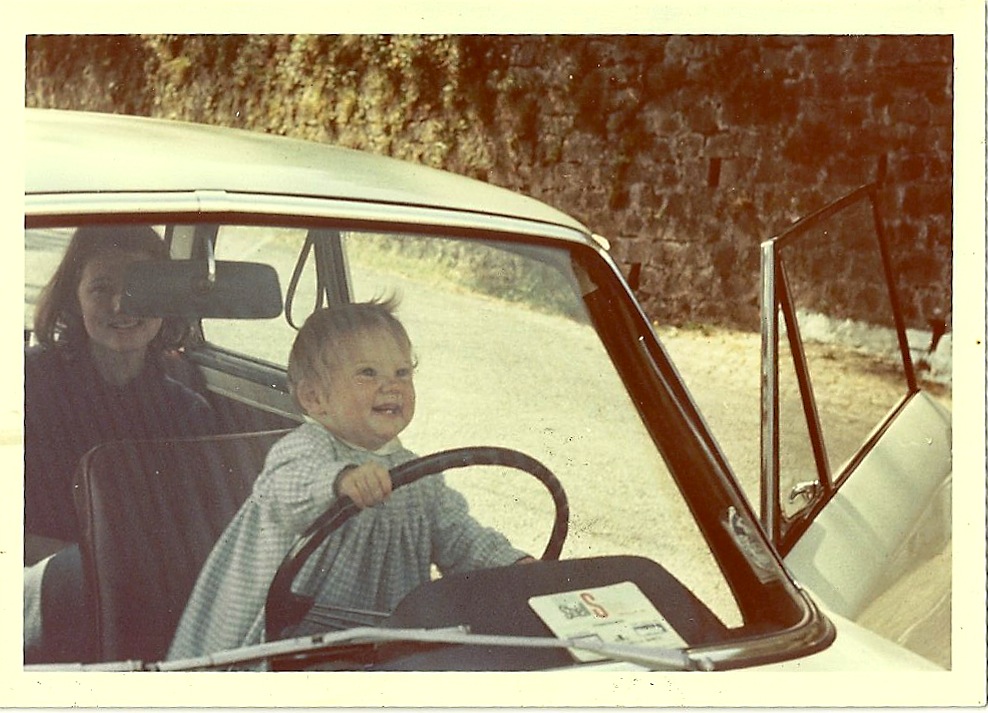 Kenna Bourke, co-author of Levels 5 and 6 of the new Primary series, Oxford Discover, offers some practical tips for making the most of your mixed ability Primary classroom.
Kenna Bourke, co-author of Levels 5 and 6 of the new Primary series, Oxford Discover, offers some practical tips for making the most of your mixed ability Primary classroom.
About a hundred years ago, when I was six, my Belgian primary school teacher wanted me to crochet a poncho: ‘M’enfin! Un poncho, Kénna! C’est facile!’ Crochet! Crochet??? As I remember it, this involved manipulating a weird-looking needle, and some balls of wool: sky blue, navy blue, and white. That poncho haunts me to this day. My long-suffering mother crocheted it in the end. And I had to confess that I hadn’t crocheted it. And six-year-old life wasn’t good for a while.
Also at the age of six, I was promoted to top of the class in Flemish, above all the Belgian kids (dank u wel), and close to bottom in Math because 213 divided by 7 = (well, I have no idea and why does it matter?).
By the time I was twelve, studying at a school in England that shall remain nameless, I was put in the bottom set for English (this requires you to have read Dickens’s Christmas Carol and be able to recite it backwards), and the top set for French (this requires you to be able to say ‘M. et Mme. Dupont ont deux enfants’). I spoke French far better than my teacher, which turned out to be a major disadvantage. I also spent vast tracts of time wondering why lacrosse – a sport – wasn’t banned under the Dangerous Sports Act, and being quite good at … swimming.
Aren’t we all to some extent ‘mixed ability’? Does it matter?
It may or may not matter. The debate rages on. Some contend that all students should be streamed according to ability. But the fact is that people aren’t equally able, and it’s not always possible. As has been said endlessly, if you have a class of two students, you automatically have a mixed ability class. Utopia is a briefly entertaining fiction – we live in a mixed ability world, which we can choose to think of as something to be celebrated.
Imagine how boring it would it be if we all excelled at everything. There’d be little point in competition sports, or comedy shows, or concerts, or art, or literature … It wouldn’t really be worth cooking a great meal for friends because (yawn) everyone can do that. And don’t even think about solving a mathematical puzzle while you’re commuting to work, because we’re all equally good at it, and the person sitting to your left has probably already completed it.
Of course no two students are the same, but there you are, faced with your mixed ability class, and you can’t change that. So what do you do?
Move the benchmarking goalposts?
More often than not, we take a curriculum or set of standards and benchmark all students’ abilities against them, which is fine. But how about also benchmarking student achievement against that individual’s potential? Successful learning usually happens when you hit the tipping point between frustration and challenge. At university, I got bored and frustrated because French was too easy. At school, I was miserable and frustrated because Maths classes were difficult. Had I been pushed much harder in one direction and given more appropriate tasks in the other, I might have been more successful in both subjects.
Differentiate for success?
There’s a danger, also, of setting tasks that scream ‘advanced’, ‘normal’, or ‘remedial’. Not a good thing. It can result in making one student feel superior, another feel average, and the third feel stupid. Used tactfully, differentiated activities can build on each other. A below-level activity provides support and scaffolding for less confident students before they move to a task that is at- or on-level. The at-level task then provides support for students to deal with the greater challenge of an above-level task. Alternatively, you might differentiate learning by setting different tasks to different groups simultaneously so that all students are collaborating on discrete aspects of the whole, as in some L1 classrooms. No one really likes to stand out, except perhaps for the captain of that dreadful lacrosse team.
As my co-author on Oxford Discover, Kathleen Kampa, suggests in this video, there are some ingenious ways of giving all students the same task, yet letting them determine how to do that task at exactly their own level.
Motivate by focusing on what’s good and fun?
Call me a quitter, but I didn’t pursue crochet beyond the age of six, or Math beyond 15, though today, self-taught, I can do Math perfectly adequately. As adults, most of us very sensibly choose to do what we’re good at and what we actively enjoy. Too often, children aren’t given that freedom of choice.
We can create meaning in class and foster an atmosphere in which successful learning will take place by allowing students different ways to respond, and by giving them activities that appeal across a range of intelligences. Some of us are natural listeners; others love reading. Some of us wouldn’t dance or sing if our lives depended on it; others dance and sing till they drop. Some of us react to visual stimulus; others are oblivious to it. But we all do something well. Multimodality, in the form of video, audio, posters, spoken and written language, music and movement, is invaluable in helping students build 21st Century skills in an unthreatening, equalizing environment.
How? To put this idea in its most basic form, try, for example, to give:
- classifying and problem-solving tasks to students who show logical or mathematical intelligence
- physical, tactile, TPR-style tasks to kinesthetic learners
- groupwork, classwork, and games to students who demonstrate interpersonal skills and intelligence
- reading and writing tasks to learners whose verbal or linguistic intelligence is evident
- and tasks centred around posters, pictures, and diagrams to children who show signs of visual or spatial intelligence.
As I write this on a January afternoon from my flat in New York City, it’s 11 degrees Fahrenheit, or minus-something horrifying Centigrade, and nothing would please me more than being able to crochet my own poncho to keep warm. But I refuse to get despondent. After all, aged 1, I was so mixed ability that I could drive a car! Who knows what else I might achieve if pushed?

If you’d like more ideas on teaching mixed ability classes, why not register for a free webinar led by my colleagues at OUP? Making the most of mixed-ability young learner classes will be held on 18th February and repeated on 20th February 2014.
Would you like practical tips on teaching mixed-ability classes and developing 21st Century skills in your children? Visit our site on Teaching 21st Century skills with confidence for free video tips, activity ideas and teaching tools.


Reblogged this on amengental.
Sujet s?per captivant !!!